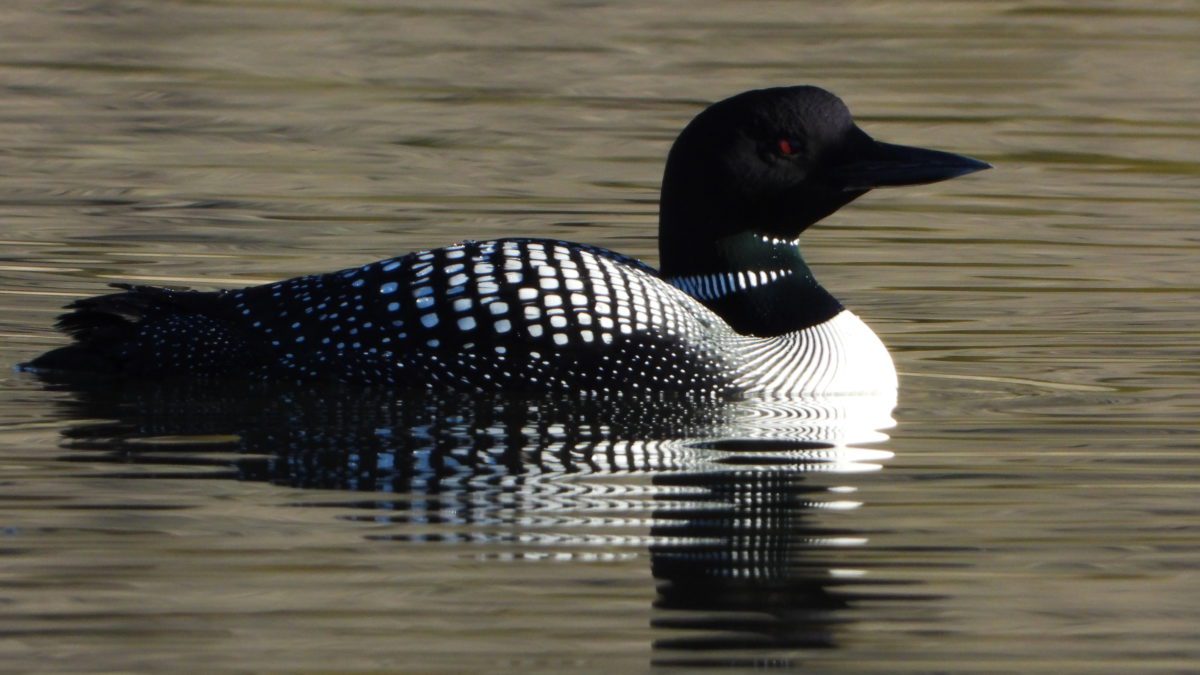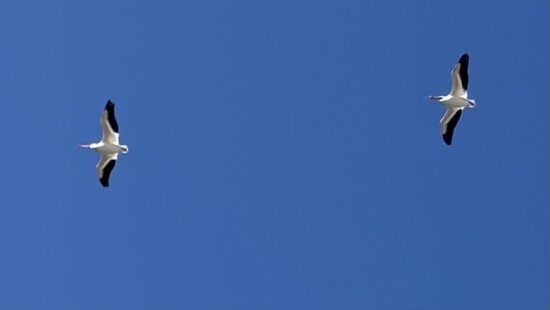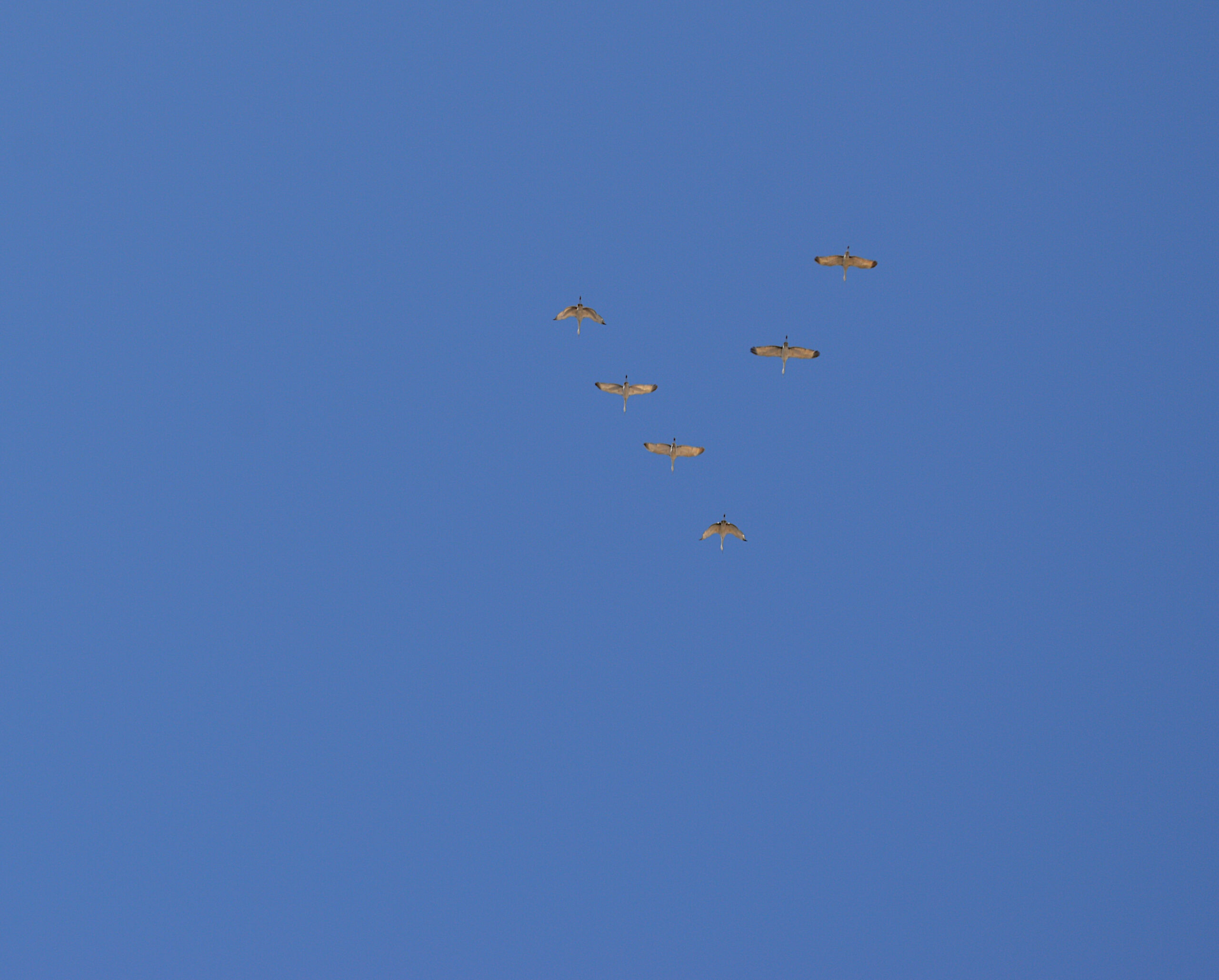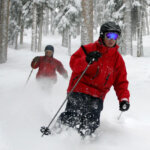Wildlife
Sounds of an asylum, where to view the common loon in Utah as it migrates north

Known for its chilling bird call, the common loon migrates through Utah in the spring on its way north to summer breeding grounds. Photo: DWR.
VERNAL, Utah — With spring in full swing, certain species of birds have begun migrating north, the likes of which include the unique and somewhat haunting common loon.
Known for its chilling bird call, the common loon migrates through Utah in the spring on its way north to summer breeding grounds.
“Common loon calls are often what you think of while watching a movie set in the northern territories of Canada,” Utah Division of Wildlife Resources Northeastern Regional Outreach Manager Tonya Kieffer-Selby said. “They have a wailing, yodel-like call that echoes in the wilderness.”
While the Utah Division of Wildlife Resources (DWR) isn’t holding a formal viewing event, individuals can see loons migrating through the state by visiting several reservoirs in northeastern Utah. A migratory population of the birds passes through the Uinta Basin each year.
“This time of year, they start to show up on Big Sand Wash, Flaming Gorge, Steinaker and Red Fleet reservoirs,” Kieffer-Selby said. “The loons are fairly consistent. They usually arrive around April 1 or just after the ice leaves the reservoirs. In the past, biologists have reported seeing more than 200 loons on different reservoirs in the Uinta Basin. Steinaker Reservoir seems to be one of their hotspots.”
For the most part, Loons primarily eat fish and breed on remote freshwater lakes in the northern U.S. and Canada. They require crystal-clear lakes to see their prey underwater, so their presence usually indicates excellent water quality at the reservoirs where they are found. Notably, a group of loons is referred to as an asylum.
“They’re superb swimmers with torpedo-like bodies that are designed to catch fish,” Kieffer-Selby said. “Due to the positioning of their feet, they can’t walk well, so they only use land during their nesting season. They require lakes with enough surface area for their erratic flapping-and-running takeoffs across the water.”
As for attempting to view the birds, the DWR encourages individuals to bring a spotting scope, binoculars or a good telephoto lens.
“These birds can shy away from crowds, so I’d recommend maximizing your ability to get a good look at them,” Kieffer-Selby said. “Start to look for them at sunrise and prepare to check out other reservoirs nearby for additional viewing opportunities. If you get out early in the morning, you can sometimes hear them calling to each other. With their bold black-and-white appearance, they’re a beautiful bird to watch. It’s a rare treat that bird-watchers and other wildlife enthusiasts should know about and take advantage of.”
For more information about the loons migrating through Utah, call the DWR’s Northeastern Region office at 435-781-9453.



















